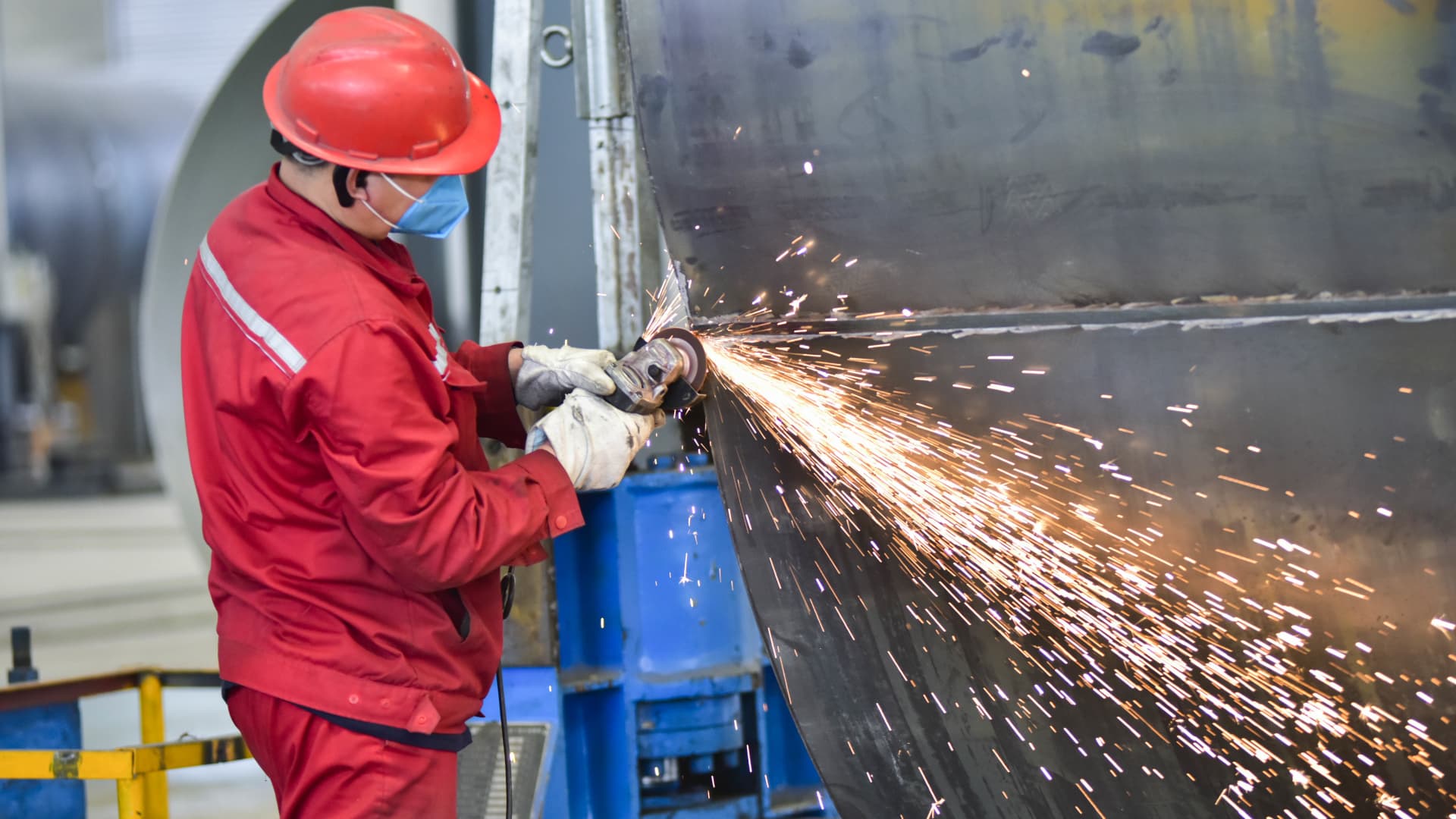China’s Manufacturing Resurgence: A Closer Look at November’s PMI Growth
In November, China’s manufacturing sector exhibited unexpected strength, as indicated by the Purchasing Managers’ Index (PMI) data, which revealed significant expansion. This resurgence is a crucial indicator of the overall health of the economy and has implications for global markets. With analysts and investors closely monitoring these developments, it is essential to delve deeper into the reasons behind this positive growth and its potential impact on both domestic and international fronts.
Understanding the PMI and Its Significance
The Purchasing Managers’ Index (PMI) is a key economic indicator that quantifies the prevailing direction of economic trends in the manufacturing and service sectors. A PMI reading above 50 indicates expansion, while a reading below 50 signifies contraction. The November PMI for China reported a score of 51.5, surpassing analysts’ expectations of 50.6, and marking a notable increase from the previous month.
Driving Factors Behind the Growth
Several factors contributed to this unexpected growth in China’s manufacturing sector:
- Government Stimulus: The Chinese government has implemented various stimulus measures, including infrastructure spending, aimed at boosting economic activity. These initiatives have spurred demand for manufactured goods.
- Export Demand: A rebound in global demand, particularly from the United States and Europe, has invigorated China’s export-oriented industries. The easing of supply chain disruptions has also played a role in enhancing production capabilities.
- Domestic Consumption: With the gradual recovery from the COVID-19 pandemic, domestic consumer confidence has improved, leading to increased spending on goods, further supporting manufacturing output.
- Technological Advancements: China’s ongoing investment in automation and digital transformation within its manufacturing sector has increased efficiency and productivity, enabling factories to ramp up production swiftly.
Broader Implications for the Global Economy
The implications of China’s manufacturing resurgence extend beyond its borders. As the world’s second-largest economy, China’s performance has ripple effects on global supply chains, trade dynamics, and economic growth in other regions. The following points highlight the broader implications:
1. Impact on Global Supply Chains
A strong manufacturing sector in China can stabilize global supply chains, which experienced significant disruptions during the pandemic. Companies reliant on Chinese manufacturing may see improved delivery times and reduced costs, fostering a more resilient supply chain framework.
2. Trade Relations and Geopolitical Dynamics
As China’s economy strengthens, its trade relations with other nations, particularly the U.S., could experience shifts. Increased manufacturing output may lead to heightened exports, influencing trade balances and negotiations. This situation could also affect tariffs and trade policies as countries reassess their economic strategies.
3. Commodity Prices and Inflation
China’s increased manufacturing activity typically leads to higher demand for raw materials, impacting global commodity prices. Countries exporting commodities to China may benefit from rising prices, which could alleviate some economic pressures. However, this demand may also contribute to inflationary pressures globally, necessitating careful monitoring by central banks.
Challenges Ahead
Despite the positive news, challenges remain for China’s manufacturing sector that could temper growth:
- Environmental Regulations: Stricter environmental regulations aimed at reducing pollution may impact manufacturing processes and costs.
- Labor Shortages: The manufacturing sector may face labor shortages as workers seek better opportunities or opt for less physically demanding jobs, potentially hindering production scalability.
- Geopolitical Tensions: Ongoing geopolitical tensions, particularly with the U.S., could lead to trade barriers that impact manufacturing exports, creating uncertainty for businesses.
Looking Forward: Prospects for Sustained Growth
As we look to the future, the sustainability of this manufacturing growth in China remains a significant question. Key factors that will determine the trajectory include:
- Continued Government Support: The effectiveness and longevity of government stimulus measures will play a major role in maintaining momentum.
- Consumer Confidence: The recovery of consumer spending, both domestically and globally, will be essential for supporting manufacturing output.
- Innovation and Investment: Ongoing investments in technology and innovation within the manufacturing sector will be critical to enhancing productivity and competitiveness.
Conclusion
China’s November PMI results reflect a remarkable turnaround in the manufacturing sector, signaling potential sustained economic recovery. While there are challenges to navigate, the current trajectory offers a hopeful outlook for not only China but also the global economy. Policymakers, businesses, and investors will need to remain vigilant in monitoring developments, as the implications of this resurgence resonate far beyond China’s borders.
For more insights into economic trends and market analysis, visit our insights page. To learn more about the implications of China’s manufacturing growth on global markets, check out this external resource.
See more CCTV News Daily
